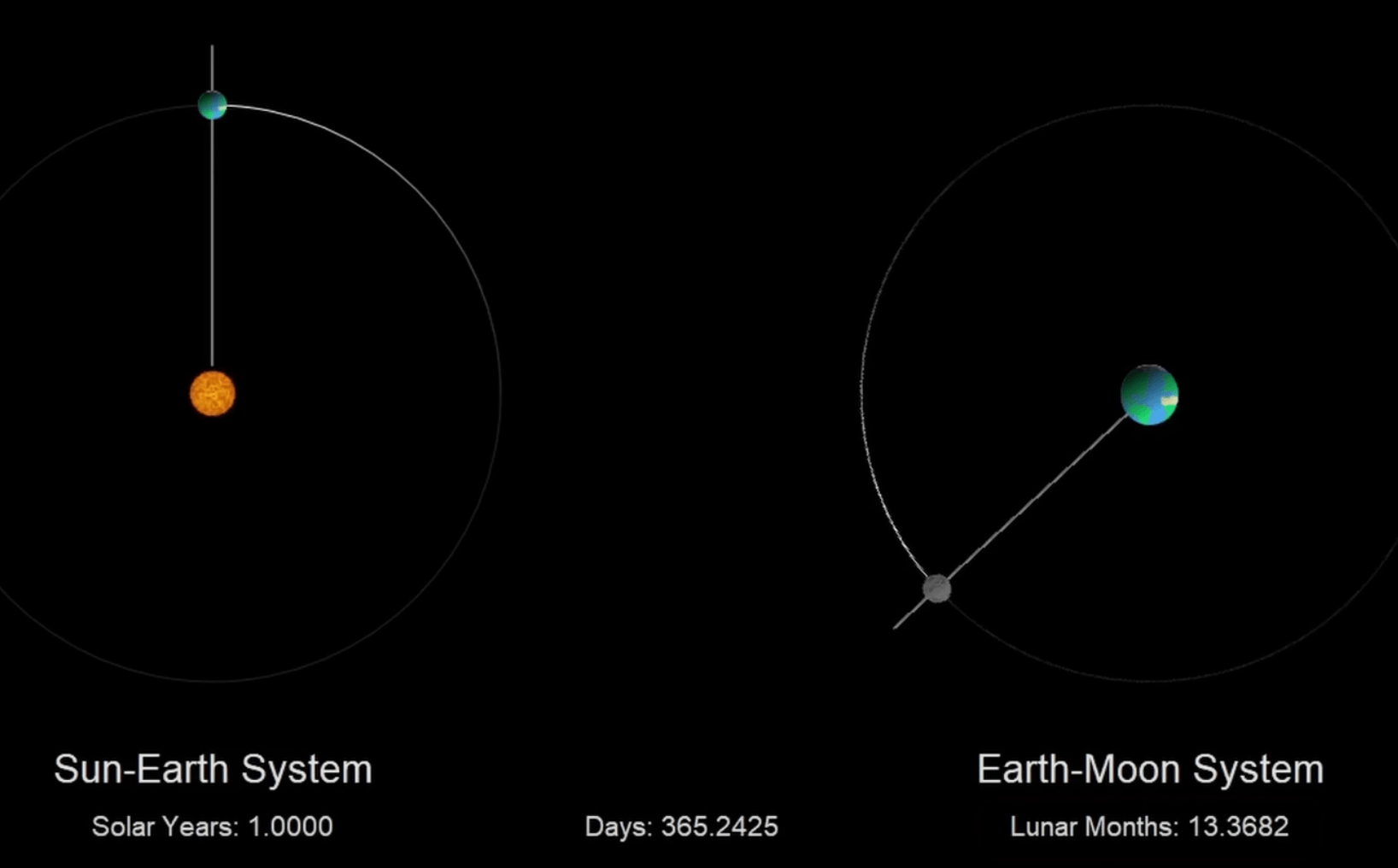The Antikythera Mechanism: Predicting Astronomical Positions and Eclipses 2,000 Years Ago (Video)
by Ian Skellern
The Antikythera mechanism is an Ancient Greek orrery over 2,000 years old. It is the oldest known example of an analog computer and was used to predict astronomical positions and eclipses decades in advance.
The artifact was found among wreckage retrieved from a shipwreck off the coast of the Greek island Antikythera in 1901, but it wasn’t until 2008 that x-ray tomography and high-resolution surface scanning of the crust-encased fragments of the mechanism revealed that it had 37 meshing bronze gears enabling it to follow the movements of the Moon and the Sun through the zodiac, to predict eclipses and to model the irregular orbit of the Moon, where the Moon’s velocity is higher in its perigee than in its apogee.

Orbits of the moon around the earth and the moon around the sun
Spencer Connor is an engineer who decided to make a modernized reproduction of the Antikythera mechanism. In this video, he explains just how special the intricate clockwork was for its day, and just how complex it is to track the obits of our moon and the planets around the sun.
If you would like to understand and appreciate watchmaking, moon phase and astronomical watches and clocks better, this video is well worth watching.
For more information, please visit https://en.wikipedia.org/wiki/Antikythera_mechanism
You might also enjoy:
How To Make Gold. Warning: Don’t Try This At Home!
Equation Of Time: What Is It And What’s The Attraction In A Watch? Philippe Dufour Explains The Difference Between The (Civil) Time You See On Your Watch And The True Solar Time (Video)
Leave a Reply
Want to join the discussion?Feel free to contribute!



Hi